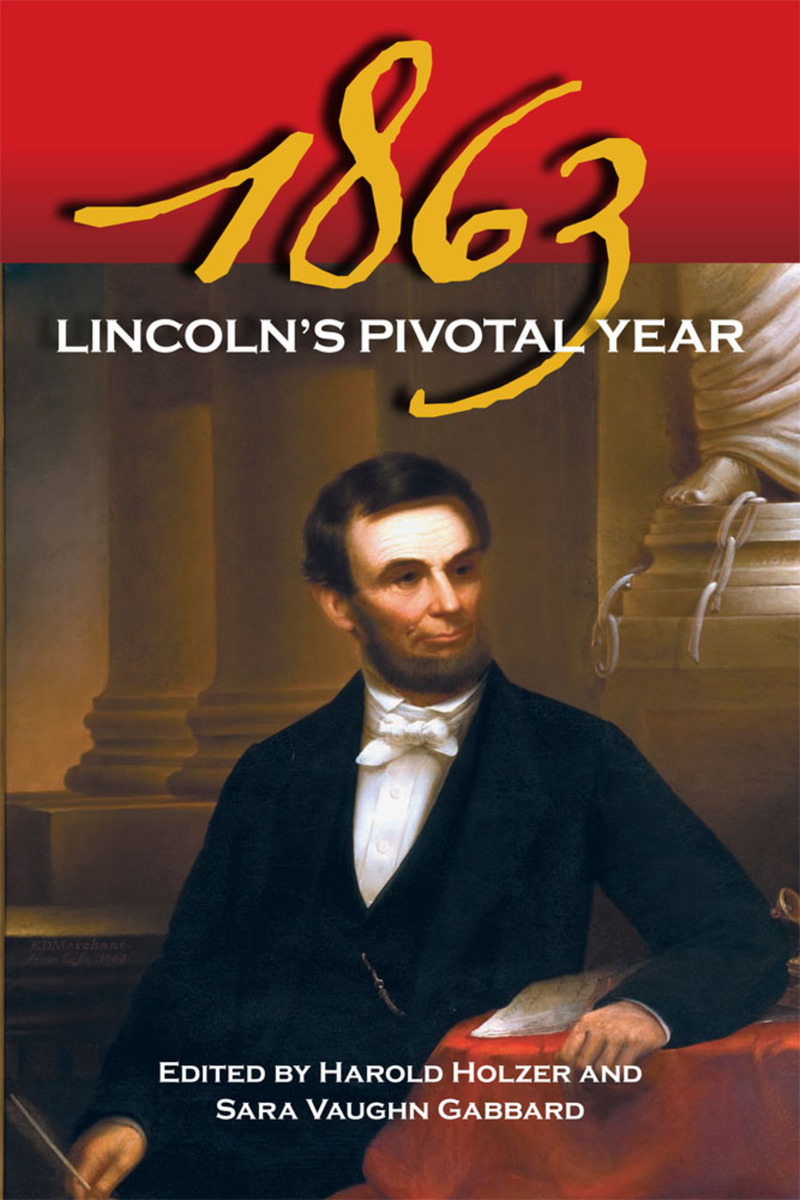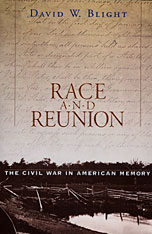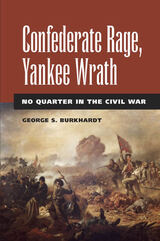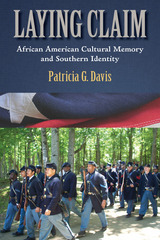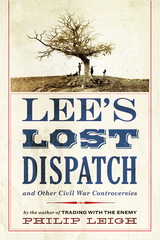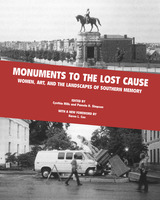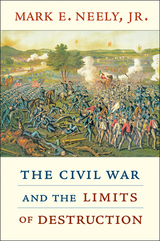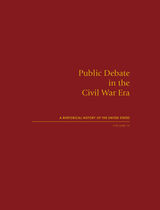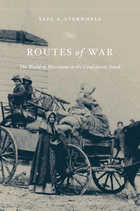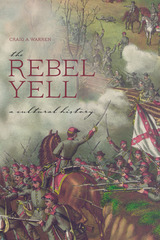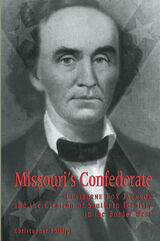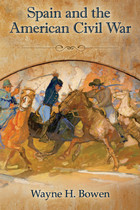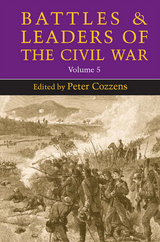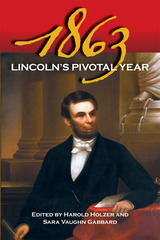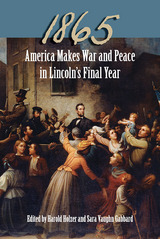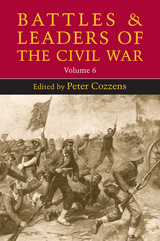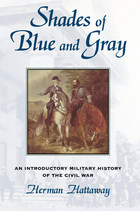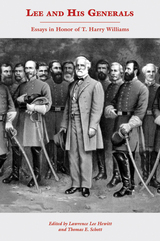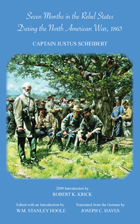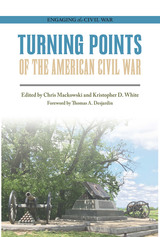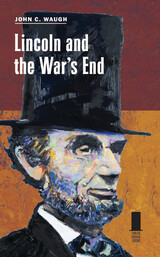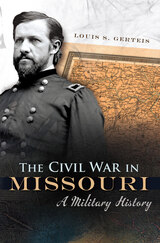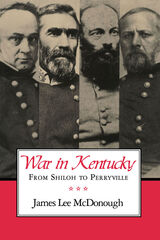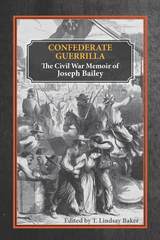1863: Lincoln's Pivotal Year
Southern Illinois University Press, 2013
eISBN: 978-0-8093-3247-2 | Cloth: 978-0-8093-3246-5
Library of Congress Classification E470.A1169 2013
Dewey Decimal Classification 973.733
eISBN: 978-0-8093-3247-2 | Cloth: 978-0-8093-3246-5
Library of Congress Classification E470.A1169 2013
Dewey Decimal Classification 973.733
ABOUT THIS BOOK | AUTHOR BIOGRAPHY | REVIEWS | TOC
ABOUT THIS BOOK
Only hours into the new year of 1863, Abraham Lincoln performed perhaps his most famous action as president by signing the Emancipation Proclamation. Rather than remaining the highlight of the coming months, however, this monumental act marked only the beginning of the most pivotal year of Lincoln’s presidency and the most revolutionary twelve months of the entire Civil War. In recognition of the sesquicentennial of this tumultuous time, prominent Civil War scholars explore the events and personalities that dominated 1863 in this enlightening volume, providing a unique historical perspective on a critical period in American history.
Several defining moments of Lincoln’s presidency took place in 1863, including the most titanic battle ever to shake the American continent, which soon inspired the most famous presidential speech in American history. The ten essays in this book explore the year’s important events and developments, including the response to the signing of the Emancipation Proclamation; the battles of Gettysburg and Vicksburg, and other less-well-known confrontations; the New York City draft riots; several constitutional issues involving the war powers of President Lincoln; and the Gettysburg Address and its continued impact on American thought. Other topics include the adaptation of photography for war coverage; the critical use of images; the military role of the navy; and Lincoln’s family life during this fiery trial.
With an informative introduction by noted Lincoln scholar Harold Holzer and a chronology that places the high-profile events of 1863 in context with cultural and domestic policy advances of the day, this remarkable compendium opens a window into a year that proved decisive not only for the Civil War and Lincoln’s presidency but also for the entire course of American history.
See other books on: 1809-1865 | 1861-1865 | Holzer, Harold | Lincoln, Abraham | Military leadership
See other titles from Southern Illinois University Press
